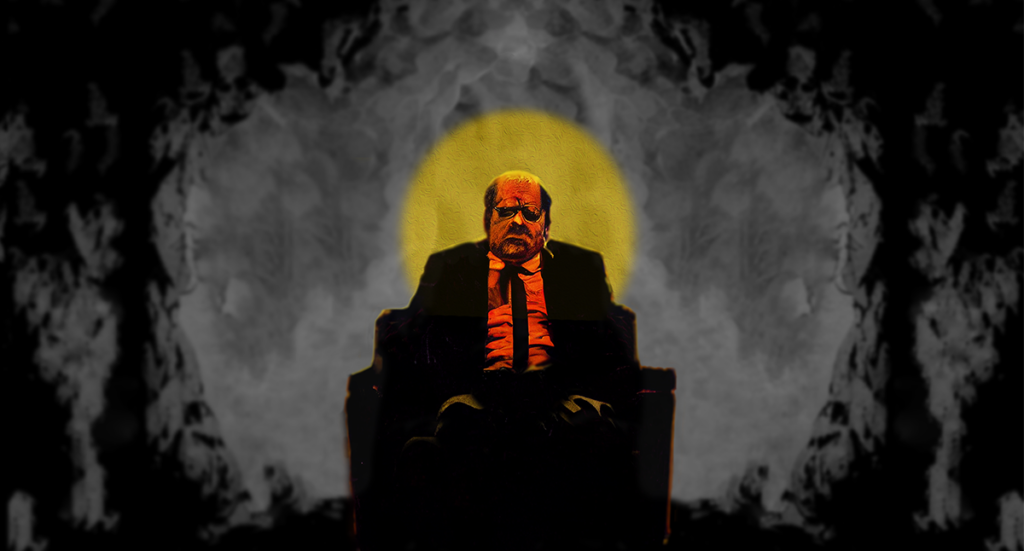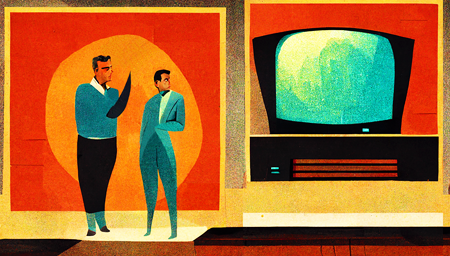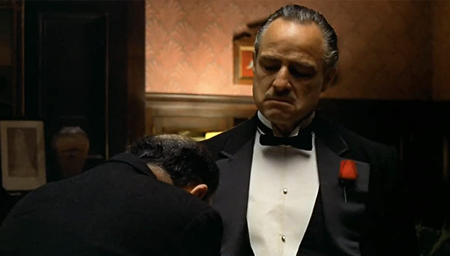
The Last Days of the Man Cave
They were a necessary step in the evolution of private cinemas, but the time has come to leave these primitive ancestors behind
by Michael Gaughn
September 13, 2022
I once consulted on a theater room for a well-known actor. (I can’t give you his name but can tell you his initials were JD, he was known far more for his looks than his acting ability, and he was married to a famous singer.) He had the usual sprawling, status-dripping gleaming-white home far up in the Hollywood Hills, and many decorators had spent many hours making it all look very much up to date and expensive.
He couldn’t wait to show me his existing home theater, which he had put together himself after watching a bunch of YouTube videos and reading a bunch of articles online. The room itself was plenty big enough for a theater, but the projector was a tiny piece of cheap plastic better suited for boardroom presentations sitting on a bare piece of plywood supported by a couple of $5 Home Depot brackets. The opposite wall was indiscriminately slathered in Screen Goo. In between sat three rows of cheap, uncomfortable recliners. He grinned proudly as he fired up the projector but the picture was so dim it was the ghost of anything resembling a real image. I felt ill imagining him eagerly ushering in the Hollywood elite for evenings of butt-twitching washed-out cinema.
Here’s my point: He built that room, and was proud of it, because that’s what the media had shown him was a legitimate space for watching movies at home. And now the world’s most powerful influencers were filing through there and then going forth, like seed pods dispersed, to reinforce the notion that something that dismal was somehow OK—worse, as good as it gets.
We’ve got the man cave to blame for all that. But thankfully its days are numbered and it’s about to disappear over the horizon like an exiled dictator forced to drift the seas on a makeshift raft.
There’s plenty of blame to go around for the emergence of the cave, but most of it rests on the polo-shirted shoulders of the integrator crowd—although they were, maybe more appropriately, called installers back when this all started. This is an industry built on alarm salesmen, stereo fanatics, and early adopters of surround sound, and they tended to cobble together rooms based on a rudimentary technical knowledge of audio and video but with little sense of the aesthetics of picture and sound. As for the design of the room itself, you could pretty much forget about any tact or taste and would likely end up with the equivalent of Michael Scott’s St. Pauli Girl sign—which is why architects and interior designers tended to shudder whenever the AV guy showed up.
But in a sense the cave served us well. It showed people it was possible to watch movies at home, and eventually showed them they could have an experience that topped anything their local mall cinema could deliver. The problem is that, design-wise, the whole thing ossified early on so that even the highest-end theaters were often little better than glorified rec rooms and rarely kept up with either the technology or the changing ways people live their lives.
So many of these theaters were shoebox-shaped rooms with a bunch of posters on the wall and filled with unsightly furniture that a whole cottage industry emerged for handing out awards to anybody who could come up with something that didn’t look like that. And the systems within them tended to be crafted and tuned for watching demo scenes, not movies, which tended to make them assaultive rather than enticing and has now come to have a pernicious influence on moviemaking itself.
The man cave was aptly named—it’s always been less a space than an attitude born of testosterone. Inevitably, it was the dominant male of the home who lusted for and lorded it over the theater and it was the inevitably male installers who created systems only the male of the home could figure out how to use (if he was lucky). And the fare tended to be stuff only the male of the home would ever want to watch—not because they were great movies but because they gave him a chance to show off.
The result? The other family members would drift away over time, frustrated and minimized, feeling like extras in somebody else’s production, and the room would fall into disuse, eventually sealed off from the rest of the home like an EPA Superfund site.
These rooms still exist of course, with new ones popping up every day—mainly because the personality type that led to their creation is still very much with us. And, it has to be said, because the media has done a piss-poor job of letting people know there are better alternatives. But shifts in both social and family dynamics and some astonishing technological evolution that’s led to the possibility of truly responsive and accommodating systems and spaces are quickly pushing the man cave as far into the past as possible, ushering in a new era of theaters that address the interests and needs of all members of the family, and a wide variety of guests, in rooms that feel organically part of the home—while still providing a chance to step into a realm well beyond the pressures of the world.
So, goodbye man cave. We owe you a modicum of thanks—and a huge good riddance.
Michael Gaughn—The Absolute Sound, The Perfect Vision, Wideband, Stereo Review, Sound & Vision, The Rayva Roundtable, marketing, product design, some theater designs, a couple TV shows, some commercials, and now this.
“In a sense, the man cave served us well. It showed people it was possible to watch movies at home, and eventually showed them they could have an experience that topped anything their local mall cinema could deliver.”
“Inevitably, it was the dominant male of the home who lusted for and lorded it over the theater and it was the inevitably male installers who created systems only the male of the home could figure out how to use.”
© 2025 Cineluxe LLC





